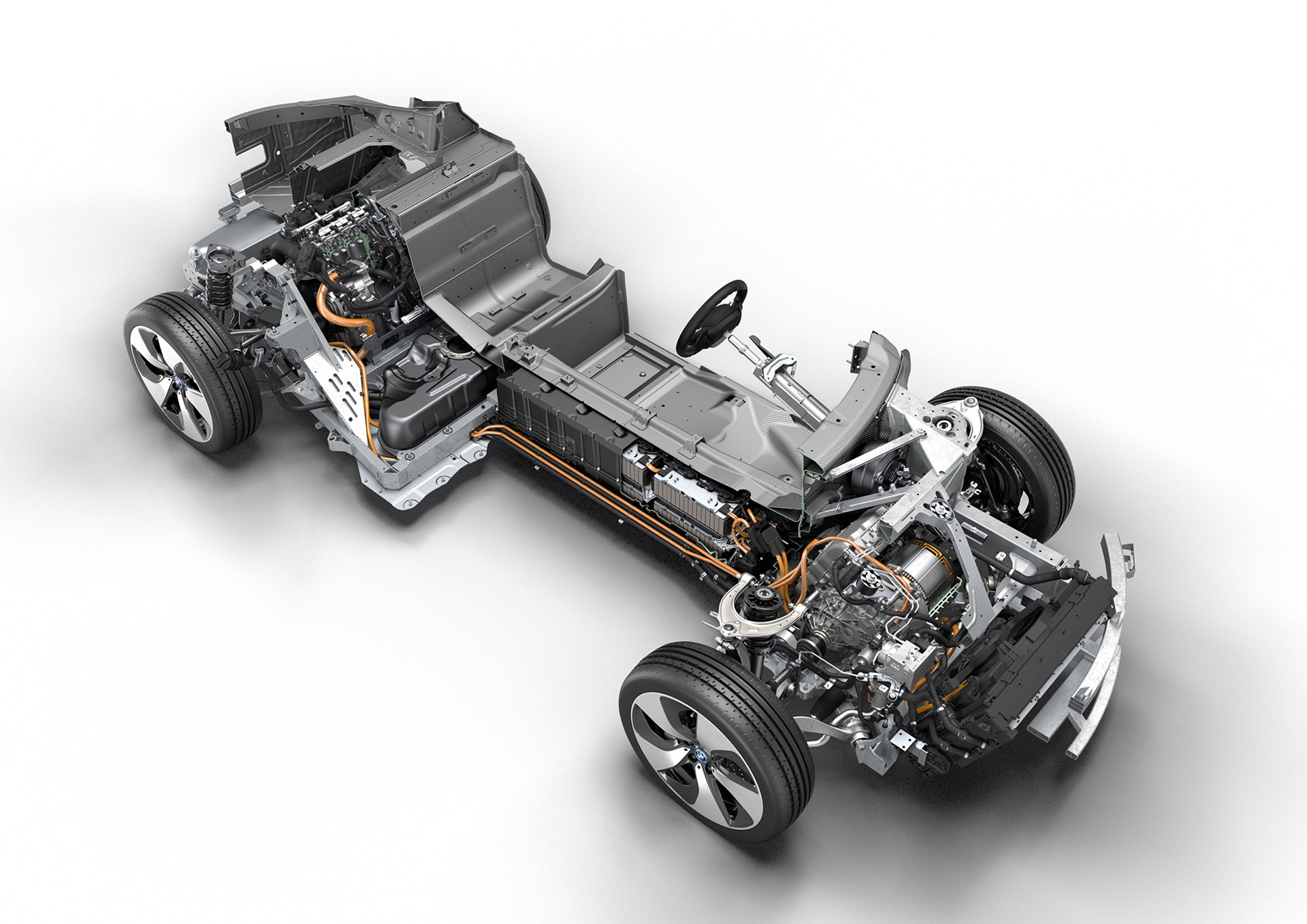► BMW prepares new Tesla fighter
► Provisionally badged i5 or i7
► Mates next-gen 5-series with EV tech
There has been talk aplenty in BMW’s cylindrical Munich HQ about the Silicon Valley upstart Tesla and its emergence as an executive challenger. So it should come as no surprise that a riposte is being prepared: an electric BMW potentially badged i5 or i7.
Due in 2018, the battery BMW is designed to hobble the success of Elon Musk’s Model S - and it’ll be priced to suit, with target volumes in the tens of thousands and a cost spanning from just below the Tesla to more than $125,000 (£85,000).
CAR has compiled a scoop dossier on the secret BMW i5/i7 model ahead of a possible concept car tipped for this autumn’s 2015 Frankfurt motor show. Read on for our full scoop.
BMW’s Tesla fighter: a new electric saloon
BMW is on schedule to bring its new green luxury car to market by 2018. Which makes for a perfect timing because 4.5% of all units sold in the pace-setting US CARB states must be zero-emission vehicles (ZEVs) by 2018, and this number is set to increase in annual steps to 22% by 2025.
Manufacturers who fail to comply by not offering any or enough ZEVs, transitional zero emission vehicles (TZEVs), neighbourhood electric vehicles (NEVs) or e-vehicles with range extender (BEVXs) have no choice but to acquire clean-air credits from sources like Tesla, currently the major provider of such certificates. And that makes German car makers wince.
This is the background into which BMW’s F18 PHEV project is born. It’s based around the long-wheelbase four-door 5-series architecture designed for China; the stretched platform helping accommodate the bulky batteries required for these vehicles, as well as liberating extra space for bodies.
Click here for Tim Pollard's blog on why the Tesla Model S changes everything.
Why the i5/i7 electric car uses 5-series hardware
By 2018, the next-gen 5-series will be on sale. The backbone of all future rear-wheel and four-wheel drive BMWs is an advanced matrix dubbed CLAR, short for Cluster Architecture. Cluster is in this context another word for module which explains the high degree of flexibility and interchangeability of components. CLAR effectively replaces the 35up toolbox prepared for 3-series, 5-series and bigger.
While suspension, steering, brakes and the basic packaging will by and large be adopted from the G38 5-series, the drivetrain of i5/i7 has evidently been inspired by the i8. At a glance, the layout actually looks remarkably like an i8 with the combustion engine up front and the main e-motor in the back. Again, there is no mechanical connection between the front and rear wheels. Although it is labelled PHEV, this, too, is in fact an electric vehicle with a more powerful range extender (BEVX).
P18 PHEV is described as low-emission sports saloon featuring a fully adaptive innovative drivetrain. Its main markets are bound to be North America and China, which explains the conscious decision to go for a formal three-box design instead of a trendy crossover.
Design, spec of BMW project P18 PHEV
Our artist’s impression shows how i5/i7 could look, but it’s worth noting that the design is still in a state of flux, according to our sources. The strategy team led by a former project i manager seems to favour a mix of current 6-series Gran Coupé and next-edition 7-series styling elements.

To underline its low-emission talents, i5/i7 boasts two e-motors, not only one like the i8. Depending on the driving situation and the momentary performance duties, it can be electric front-wheel drive, electric rear-wheel drive or petrol-electric all-wheel drive. While the i8 makes do with a 1.5-litre three-cylinder on steroids, the four-door sister model will likely feature a more relaxed and smoother running four-cylinder rated at around 245bhp.
A new kind of Tesla-bashing BMW
The e-unit in front develops 204bhp, the smaller battery-powered motor in the back is good for 95bhp, sources say. This brings the aggregate target output to 400kW or 544bhp - right in the middle of Tesla territory.
Allegedly capable of a zero-emission range of 80 miles, this BMW is designed to operate in battery mode most of the time. To underline its predominantly silent and vibration-free running characteristics, the combustion engine will typically only cut in above 40mph when road and wind noise out-decibel it. The transmissions of choice are a blend of two-step and six-speed automatics.
Are you a believer in battery BMWs? Let us know in the comments below.